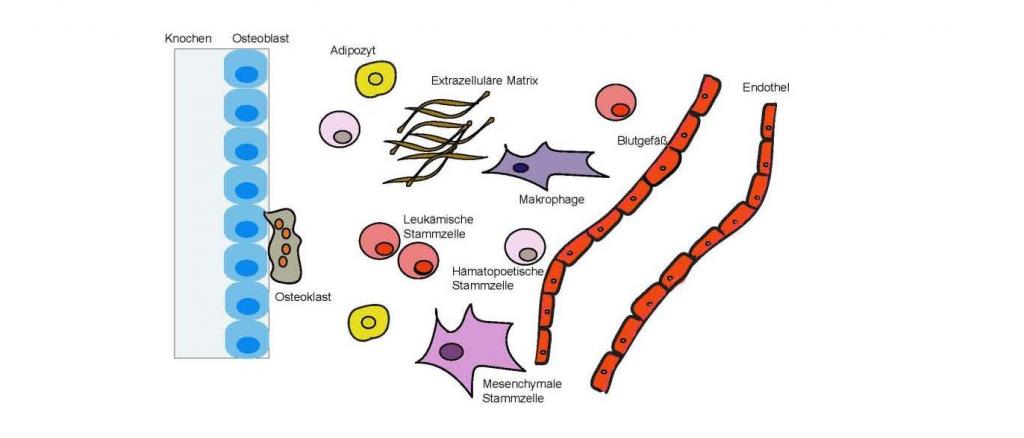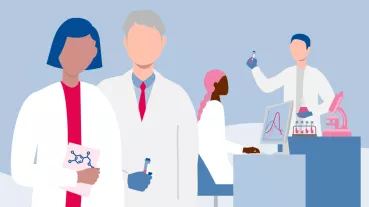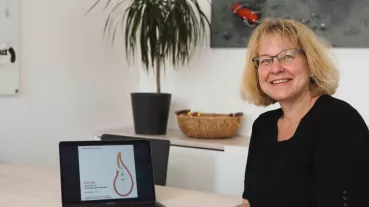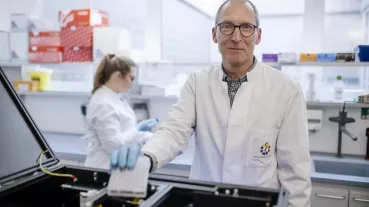Targeting the extracellular matrix in the bone marrow to augment normal and impair malignant haematopoiesis

The world’s population is continuously ageing, especially in the industrialised nations, which is associated with an impairment of haematopoiesis. Haematopoietic stem cells (HSCs), i.e. the cells that give rise to all the cellular constituents of our blood, reside in the bone marrow microenvironment (BMM), by which they are also regulated. The BMM contains various cellular and acellular constituents. The extracellular matrix is an acellular component of this BMM and was shown by us and others to influence HSCs or blood stem cells.
In an animal model, HSCs treated with extracellular matrix proteins improved the transplantability of these HSCs and, therefore, improved regeneration of haematopoiesis after transplantation. In the current study we are testing whether the extracellular matrix of the BMM may also improve human haematopoiesis. This would be therapeutically relevant for, amongst others, improvement of haematopoiesis during ageing, in haematopoietic stem cell disorders, after repeated administration of chemotherapy (which impairs haematopoiesis), and after haematopoietic stem cell transplantation as a therapy of leukaemia, a cancer of the blood. In first animal experiments we demonstrated efficacy of this therapeutic approach. Our goal is now to drive forward the therapeutic applicability of extracellular matrix proteins in preclinical and, eventually, clinical studies.
Here you can get further information.




